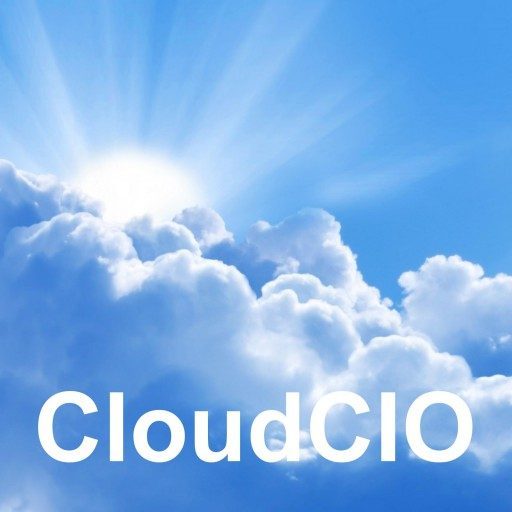Cloud terminology can be a bit daunting.
Here we hope to explain a few of the concepts and common terms that will be important to your understanding of the process of migrating to a Hybrid IT environment.
Providing operating system level virtualised servers (Windows / Linux) on which you may host your development applications (typically web based), servers and databases.
As the technology improves and legacy systems become out dated PaaS will become more of a logical choice.
Infrastructure as a Service. (IaaS) |
Platform as a service. (PaaS) |
| Infrastructure as a Service (IaaS) is a form of cloud computing that provides virtualized computing resources over the Internet. IaaS is one of three main categories of cloud computing services, alongside Software as a Service (SaaS) and Platform as a Service (PaaS).
Buying the use of a 3rd parties hardware infrastructure (often virtualised) on which to host your companies systems and applications. Scalable, raw compute power, but without pre-installed operating systems or applications. This will allow you to reduce network overhead, by not having to worry about equipment failure or other onsite common occurrences. |
Platform as a service (PaaS) is a cloud computing model that delivers applications over the Internet. In a PaaS model, a cloud provider delivers hardware and software tools — usually those needed for application development — to its users as a service. A PaaS provider hosts the hardware and software on its own infrastructure. As a result, PaaS frees users from having to install in-house hardware and software to develop or run a new application.
Provides operating system level virtualised servers (Windows / Linux) on which you may host your development applications (typically web based), servers and databases. |
| Advantages of Consuming IaaS It is a metered service, you pay for what you use. Dynamic scaling that allows you to pool your resources accordingly. Good investment for smaller companies that can’t afford a full networked infrastructure. Allows current IT team to shift focus onto more important issues. |
Advantages of Consuming PaaS Each platform component is provided as a service. The services it has has the functionality to support a complete life cycle of developing and completing web applications . Has the ability to host, maintain, test in its own integrated development environment. |
Software as a Service. (SaaS) |
Business Process as a Service. (BPaaS) |
| Software as a service (SaaS) is a software distribution model in which a third-party provider hosts applications and makes them available to customers over the Internet. SaaS is one of three main categories of cloud computing, alongside infrastructure as a service (IaaS) and platform as a service (PaaS). Whether you want to run an e-mail server, document store, website, blog, customer relationship management (CRM) or even HR, this will do it all!
Advantages of Consuming SaaS |
Business processes sold as a service in the cloud. A business process that’s delivered based on the cloud services model.
These (business process) cloud services — which include Software as a Service (SaaS), Platform as a Service (PaaS), and Infrastructure as a Service (IaaS) — are therefore dependent on these related services. |
